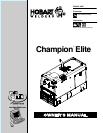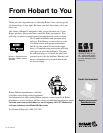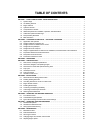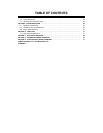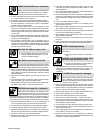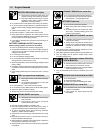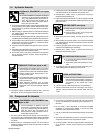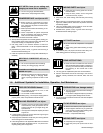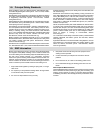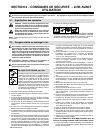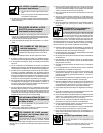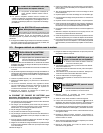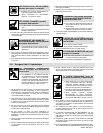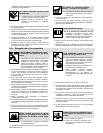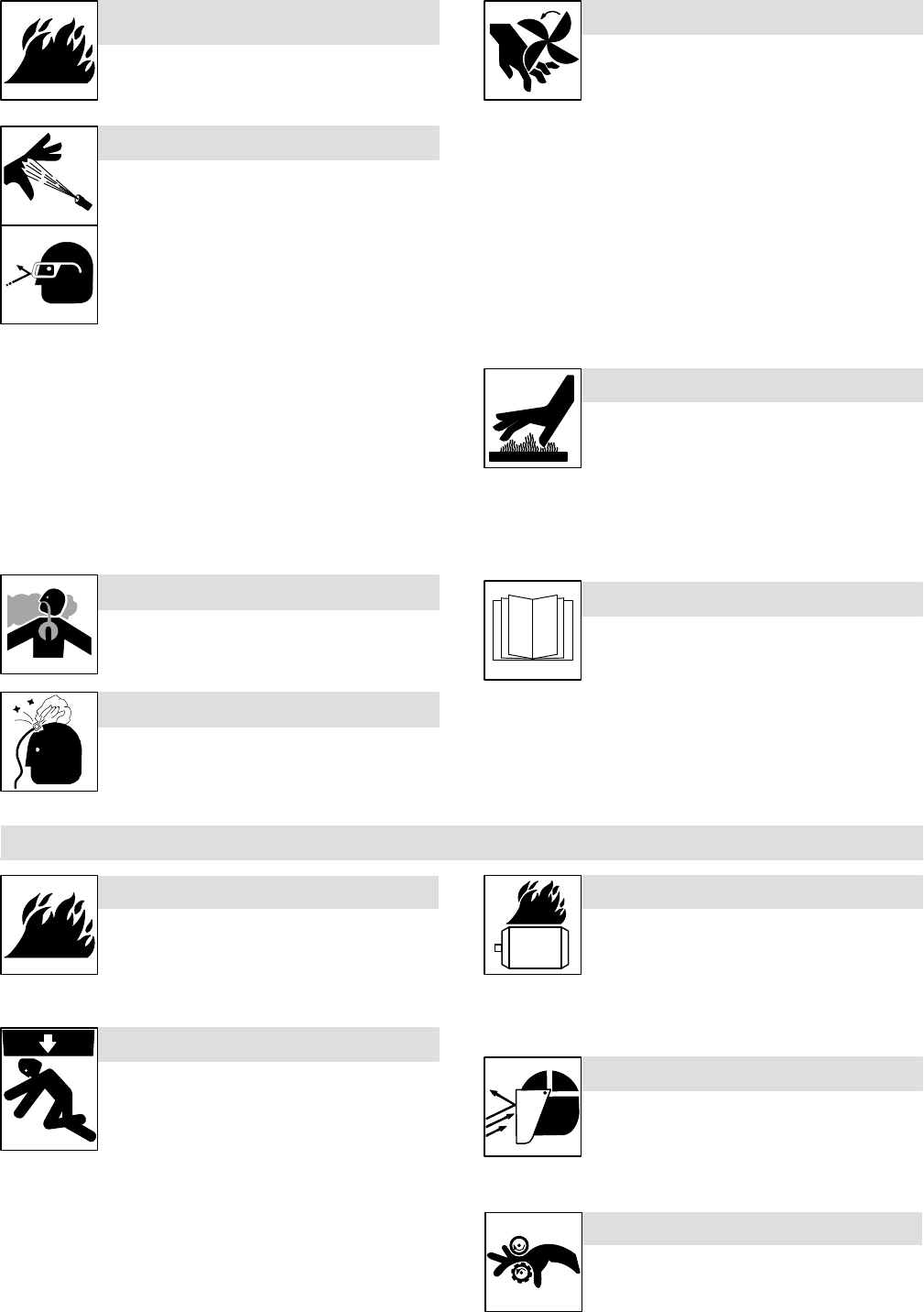
OM-240 438 Page 5
HOT METAL from air arc cutting and
gouging can cause fire or explosion.
D Do not cut or gouge near flammables.
D Watch for fire; keep extinguisher nearby.
COMPRESSED AIR can injure or kill.
D Before working on compressed air system,
turn off and lockout/tagout unit, release pres-
sure, and be sure air pressure cannot be acci-
dentally applied.
D Relieve pressure before disconnecting or con-
necting air lines.
D Check compressed air system components
and all connections and hoses for damage,
leaks, and wear before operating unit.
D Do not direct air stream toward self or others.
D Wear protective equipment such as safety glasses, hearing pro-
tection, leather gloves, heavy shirt and trousers, high shoes, and
a cap when working on compressed air system.
D Use soapy water or an ultrasonic detector to search for
leaks−−never use bare hands. Do not use equipment if leaks are
found.
D Reinstall doors, panels, covers, or guards when servicing is
finished and before starting unit.
D If ANY air is injected into the skin or body seek medical help im-
mediately.
BREATHING COMPRESSED AIR can in-
jure or kill.
D Do not use compressed air for breathing.
D Use only for cutting, gouging, and tools.
TRAPPED AIR PRESSURE AND WHIPPING
HOSES can injure.
D Release air pressure from tools and system be-
fore servicing, adding or changing attach-
ments, or opening compressor oil drain or oil fill
cap.
MOVING PARTS can injure.
D Keep away from moving parts such as fans,
belts and rotors.
D Keep all doors, panels, covers, and guards
closed and securely in place.
D Keep hands, hair, loose clothing, and tools away from moving
parts.
D Before working on compressed air system, turn off and lockout/
tagout unit, release pressure, and be sure air pressure cannot be
accidentally applied.
D Have only qualified people remove guards or covers for maint-
enance and troubleshooting as necessary.
D Reinstall doors, panels, covers, or guards when servicing is
finished and before starting engine.
HOT PARTS can burn.
D Do not touch hot compressor or air system
parts.
D Allow cooling period before working on equip-
ment.
D To handle hot parts, use proper tools and/or wear heavy, insu-
lated welding gloves and clothing to prevent burns.
READ INSTRUCTIONS.
D Read and follow all labels and the Owner’s
Manual carefully before installing, operating, or
servicing unit. Read the safety information at
the beginning of the manual and in each
section.
D Use only genuine replacement parts from the manufacturer.
D Perform maintenance and service according to the Owner’s
Manuals, industry standards, and national, state, and local
codes.
1-6. Additional Symbols For Installation, Operation, And Maintenance
FIRE OR EXPLOSION hazard.
D Do not install or place unit on, over, or near
combustible surfaces.
D Do not install unit near flammables.
D Do not overload building wiring − be sure power supply system is
properly sized, rated, and protected to handle this unit.
FALLING EQUIPMENT can injure.
D Use lifting eye to lift unit and properly installed
accessories only, NOT gas cylinders. Do not
exceed maximum lift eye weight rating (see
Specifications).
D Use equipment of adequate capacity to lift and
support unit.
D If using lift forks to move unit, be sure forks are long enough to
extend beyond opposite side of unit.
D Keep equipment (cables and cords) away from moving vehicles
when working from an aerial location.
D Follow the guidelines in the Applications Manual for the Revised
NIOSH Lifting Equation (Publication No. 94−110) when manu-
ally lifting heavy parts or equipment.
OVERHEATING can damage motors.
D Turn off or unplug equipment before starting or
stopping engine.
D Do not let low voltage and frequency caused by
low engine speed damage electric motors.
D Do not connect 50 or 60 Hertz motors to the 100 Hertz receptacle
where applicable.
FLYING SPARKS can injure.
D Wear a face shield to protect eyes and face.
D Shape tungsten electrode only on grinder with
proper guards in a safe location wearing proper
face, hand, and body protection.
D Sparks can cause fires — keep flammables away.
MOVING PARTS can injure.
D Keep away from moving parts.
D Keep away from pinch points such as drive
rolls.



